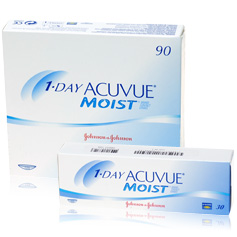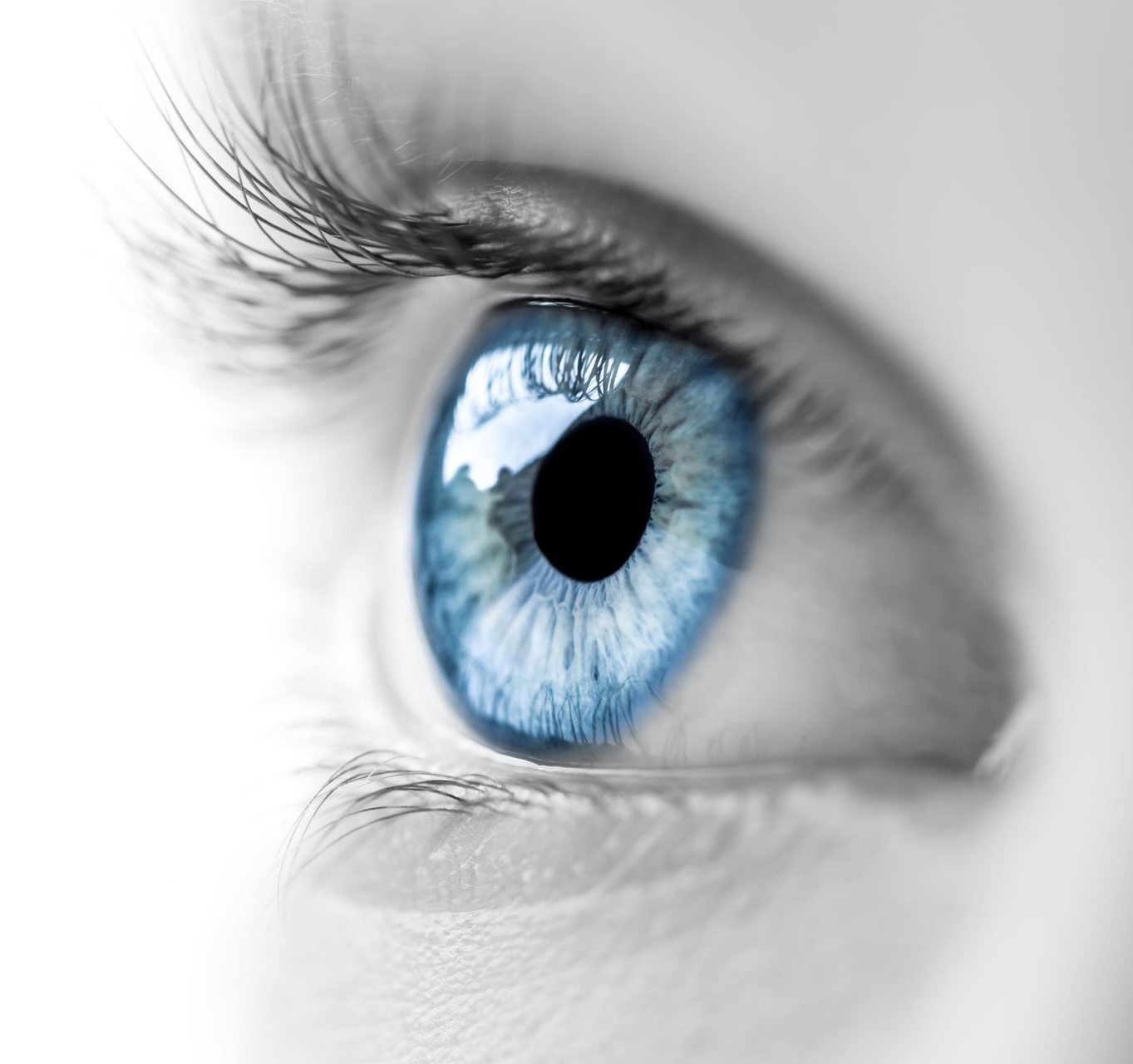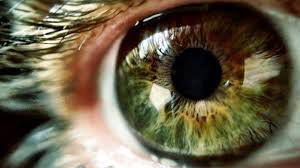Dry eyes are something that most lens wearers have experienced at one time or another, for a variety of reasons. One reason can be very dry weather or indoor heating, and another is looking for too long at one thing and forgetting to blink regularly. Make-up and eating habits also have a bearing on how your eyes feel, says optometrist Susan Resnick, as cited by health and beauty magazine Glamour. As dry air is a very frequent cause of dryness… Read More ➝
Author Archives: EYECONTACTS
Johnson & Johnson Vision Care has sponsored a consumer campaign designed to dispel myths about contact lenses and thus prompt more people with vision problems to consider wearing contacts. The initiative is called “Life Through Lenses” and it has been launched in partnership with business support organisation Sight Care, Optometry Today has reported on its website. According to research conducted by Sight Care, 80% of people wearing glasses have yet to try contact lenses. This means great long-term potential for… Read More ➝
Many of us suffer from allergies, and the symptoms can affect all parts of our body, including our eyes. Itchy, runny eyes and swollen eyelids are common symptoms among sufferers, and for lens wearers things can be even worse, because allergens from the air can stick to the lenses, adding to the discomfort. Also, allergens overstimulate the production of some substances in the tears that could blur your vision when they bind to the contacts. One way to get rid… Read More ➝
We normally associate the use of contact lenses with the need to correct vision impairments. However, sometimes people turn to contacts in order to gain a more natural appearance on a blind, disfigured, or otherwise flawed eye. In these cases, they use prosthetic contact lenses. As AllAboutVision explains in its article, prosthetic contacts are like regular lenses in that both types come in the gas permeable (GP), or soft lens variety. Aside from being made from the same materials, prosthetic… Read More ➝
A team comprising UK and Australian researchers has released the results of its long-term, multi-nation study into contact lens frequency of wear (FOW). According to the report published in the Eye & Contact Lens journal, FOW is affected by a multitude of demographic factors and factors related specifically to contact lenses. The data indicates that there is an overall trend towards lower FOW as a result of daily disposable lenses becoming increasingly popular. The study stretched over five years from… Read More ➝
As contact lens technology advanced, hard lenses gave way to rigid gas permeable contact lenses, or GP lenses for short. Although they are not as popular as soft contact lenses, GP lenses may be a better option for people with more complex prescriptions. They also provide sharper vision for those who have astigmatism, near-sightedness or far-sightedness. Here are the highlights of an EyeHealthWeb article dealing with GP lenses. GP contact lenses come in two types: daily wear and extended wear…. Read More ➝
A group of Israeli researchers has developed a prototype bionic contact lens, using a technique called sensory substitution to help blind people “see,” ISRAEL21c has reported. The people behind this project are Bar-Ilan University professors Zeev Zalevsky, Michael Belkin and Yevgeny Beiderman. Their lens uses electrical signals dispatched from a small transponder that is attached to a pair of glasses or downloaded to a smartphone. A camera similar to the ones found inside mobile phones snaps various objects and sends… Read More ➝
Water may be the stuff of life but it is definitely not a friend to your contact lenses. And since summer is the season of beaches and swimming pools, here are some important guidelines for contact lens-wearing swimmers who want to avoid unnecessary complications. The safest option is to resist the temptation to swim when you have your contacts on, according to a list of tips compiled by AllAboutVision.com. Any water is bad for contact lenses, including the kind that… Read More ➝



